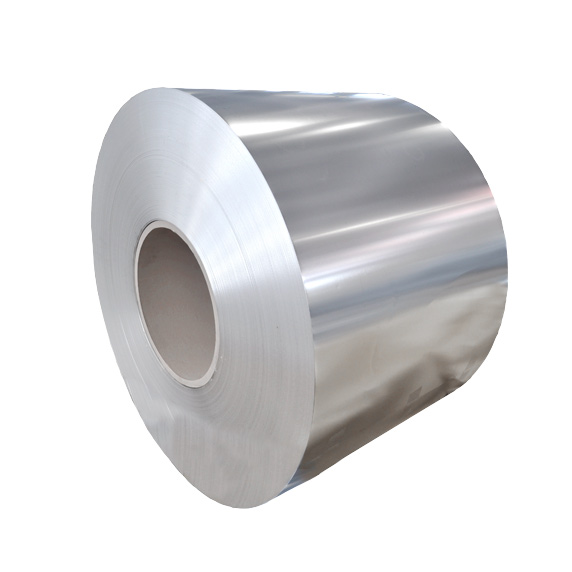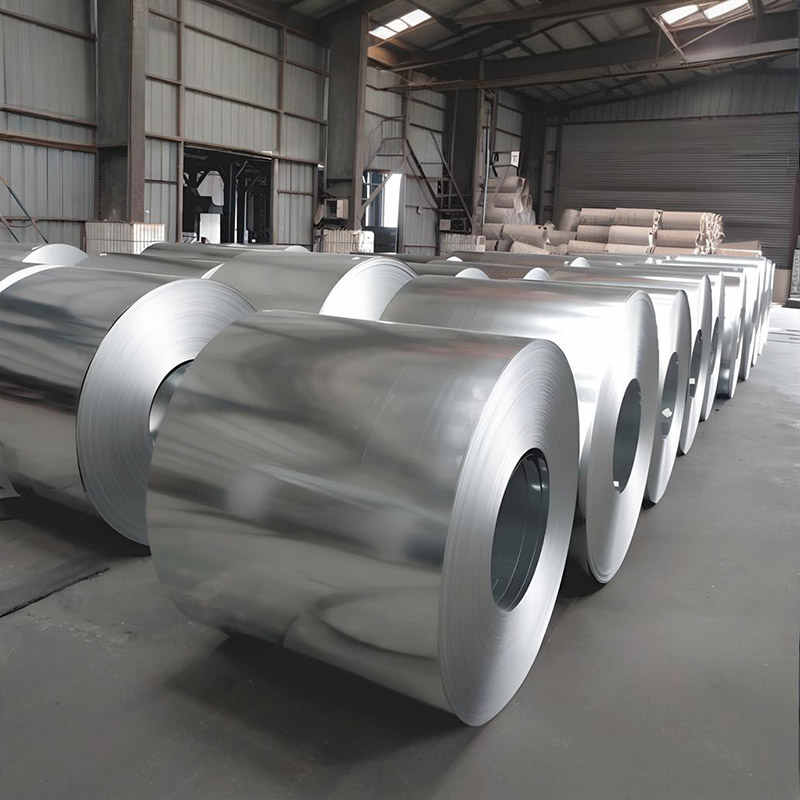What exactly is laminated steel and why has it become increasingly important in modern manufacturing? Laminated steel consists of multiple layers of metal bonded together, creating a composite material with enhanced properties compared to traditional steel. This unique layer structure provides superior strength-to-weight ratios, making it highly sought after across various industries.
How does the manufacturing process of laminated steel contribute to its exceptional properties? The production typically begins with carefully preparing steel sheets, which are then cleaned and treated to ensure proper adhesion. These layers are bonded together through high pressure and precise temperature control, often using specialized adhesives or welding techniques. Quality control during manufacturing is crucial, as any imperfection can compromise the material’s structural integrity.
What makes laminated steel stand out from conventional materials? Its remarkable properties include enhanced corrosion resistance, improved fatigue life, and superior vibration damping capabilities. The layered structure allows for customization of specific characteristics, such as varying thickness or incorporating different metals to achieve desired performance metrics. This versatility makes laminated steel particularly valuable in applications where traditional materials might fail.
Where can we find laminated steel in everyday applications? The automotive industry extensively utilizes laminated steel for body panels and structural components, reducing vehicle weight while maintaining safety standards. In construction, it appears as roofing materials and facade components due to its weather resistance. Additionally, specialized tools and equipment benefit from laminated steel’s durability and precision characteristics.
Is laminated steel always the optimal choice despite its advantages? While it offers numerous benefits, the material comes with higher production costs and requires specialized manufacturing expertise. However, many industries find the long-term performance benefits justify the initial investment. As manufacturing technologies advance, we’re seeing costs decrease while quality continues to improve.
The future of laminated steel appears promising, with ongoing research focusing on sustainable production methods and new composite applications. As industries continue to seek materials that balance performance, weight, and durability, laminated steel is poised to play an increasingly vital role in engineering innovation across multiple sectors.



